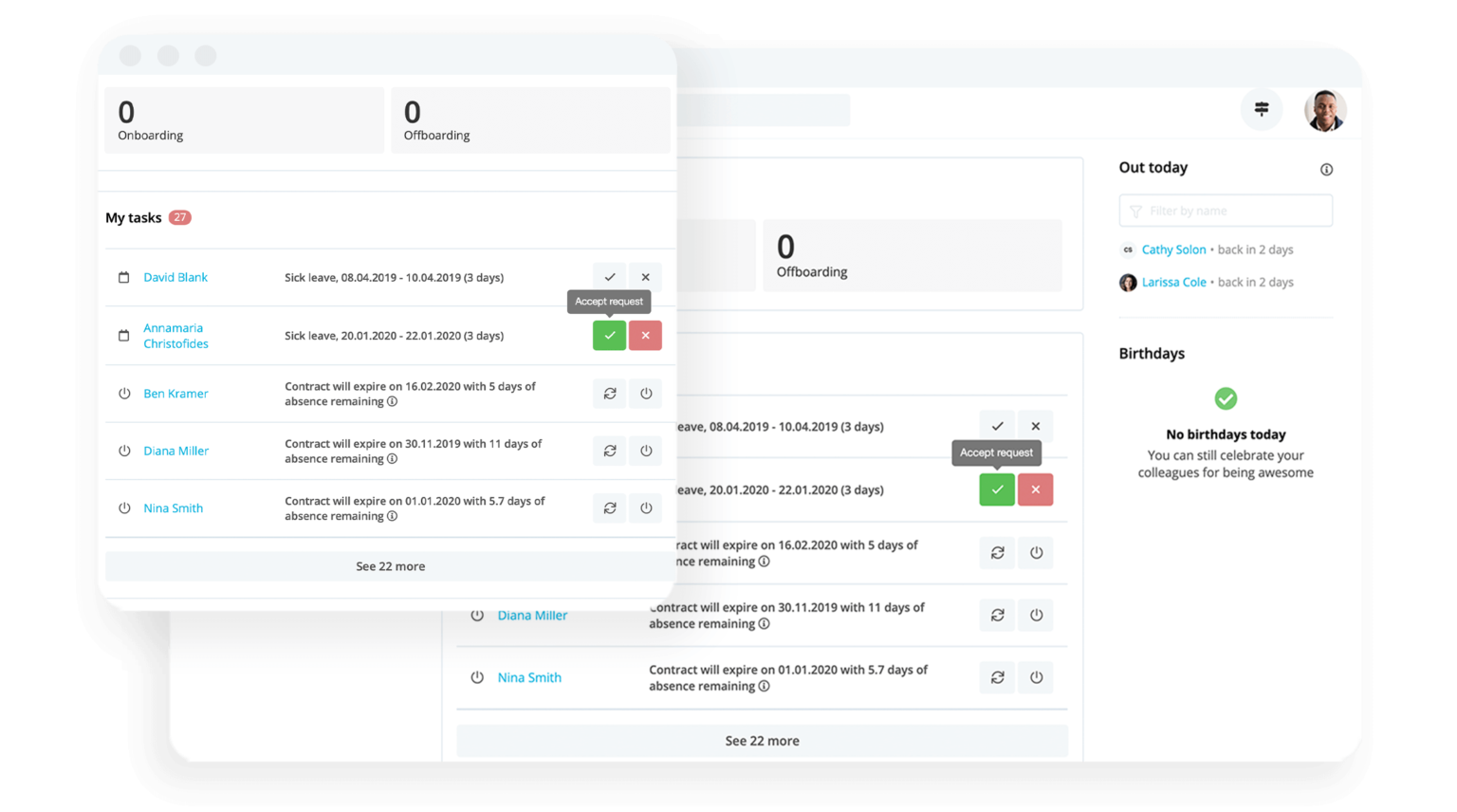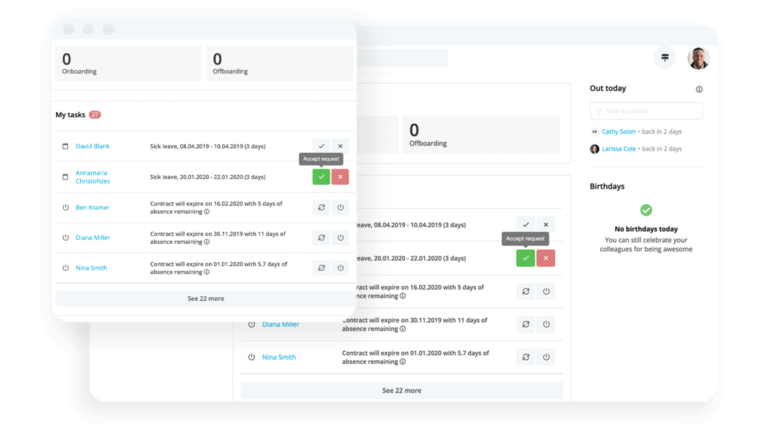Understanding Insourcing: Benefits and Key Considerations
Is your organisation making the most of practices like insourcing? In a short space of time, insourcing has shot its way to the top of many organisational to-do lists. So, what is it and how does it differ from something like outsourcing? We cover it all in this in-depth article.
Planning around your workforce starts with a great people strategy.What is insourcing?
Insourcing is the practice of assigning an internal person or department to manage a project rather than an outside party. In short, insourcing is the direct opposite of outsourcing.
For example, a company may be trying to lead a project. To ensure that the project is led to their standards and processes, they choose to source for it internally.
This way, the business retains full control over how the project is handled.
The top four benefits of insourcing
While there may be a host of benefits when it comes to insourcing, we’ll focus on the top four that drive results for businesses:
1. Cost efficiency and control
A business that decides to go for insourcing instead of outsourcing has better cost efficiency over its expenses. That’s because they choose to eliminate external factors from the process and recruit individuals and/or teams in-house for the duration of the project.
2. Enhanced communication and collaboration
Insourcing involves individuals driving projects on-site. The fact that the team is on-site provides many benefits, one of them being enhanced communication and collaboration.
Not only is the entire team on-site and they can communicate more easily, but they are also in proximity to other teams within the organisation. This has the additional benefit of enabling easier cross-team communication.
3. Protection of intellectual property
Outsourcing often involves providing external parties with sensitive company data. This can potentially result in a data breach, because you don’t know the working process of the external contracts (and can’t necessarily control it).
Insourcing allows you to provide internal teams with the tools and processes required to accomplish their work. This way, you keep all the sensitive data and information on the internal servers of your organisation and mitigate any risk of data breaches.
4. Flexibility and agility
Insourcing allows businesses to respond to fast market changes. The ability to insource provides businesses with the ability to allocate their resources more dynamically and respond to challenges and market changes in a fast and efficient way.
How do you make insourcing work?
When you want to implement insourcing in your company, you need to pay attention to the following aspects:
Assessing feasibility | Look at the members of your organisation and assess their skills—sometimes, you can take members from one team and with a little bit of training, they could be a perfect match (skill-wise) for a new project. |
Planning and resource allocation | You need to align your insourcing processes with your overall business goals and objectives. Ensure that your insourcing process serves your business goals and not the other way around. |
Talent acquisition and development | The solution to many projects isn’t always to bring in new people; sometimes, you can train and develop your current workforce to get the right people in place. |
Transition and change management | If you’ve been using outsourcing as a process in your organisation, you will need to transition to insourcing slowly. If you suddenly stop outsourcing without preparing for insourcing, you will have a massive skill gap. |
The transition from outsourcing to insourcing is especially important. To smoothly transition, you should prepare your employees with additional training so they can cover a part of the skill gap while you establish the insourcing process. And, make sure that you communicate everything beforehand so that all stakeholders are informed about the decision.
Insourcing vs. outsourcing: What’s the difference?
The major difference between insourcing and outsourcing is the people you trust to get the work done. For insourcing, that involves people already in your organisation – for outsourcing, it’s the opposite. The key here is internal versus external help.
Personio: HR Processes That Bolster Employee Experience

All your HR processes, in one place, to help your employees find success and your HR department find time for strategy. Learn more about how Personio’s holistic HR software can help your organization today.
How It WorksHow does insourcing apply to HR?
By keeping all of your important HR processes in-house, you maintain full control and oversight over them. While this may not always be possible – think payroll or other cumbersome and time-consuming tasks – it certainly helps.
Bringing your HR processes internal can help:
Build employee trust
Maintain your own expertise
Create more tailored programmes to your organisation
HR work requires a lot of training and knowledge. If you move those development resources to train professionals in-house, you can reap the benefits of that knowledge in the long term.
Pull your process into one place
Personio is an all-in-one HR software solution that can help upgrade your people operations for now and the future. By bringing all of your processes into one place, internally, you can run your organisation from a true position of strength.
Ultimately, this opens up time for what matters: your people. Trust Personio like 10,000 other companies have to automate your HR processes, gain time back and help boost your bottom line. Speak with an expert today for a quick demo.
Insourcing: Frequently asked questions
Here are the four of the most frequently asked questions about insourcing:
What is an example of insourcing?
You’re looking to expand your market from a dominantly English-speaking language to a Spanish-speaking one. So you build a team of people who are proficient in the Spanish language who are already employed so they can start writing articles in the Spanish language for the market.
Can a business switch back to outsourcing after insourcing?
Yes, switching between insourcing and outsourcing can even be done on a project-by-project basis. It is important to know when is the best time to employ insourcing and when you may need external expertise and help.
How long does it take to start insourcing?
That depends on the size, scale and industry of your business. It can range from three months to a year and a half.

